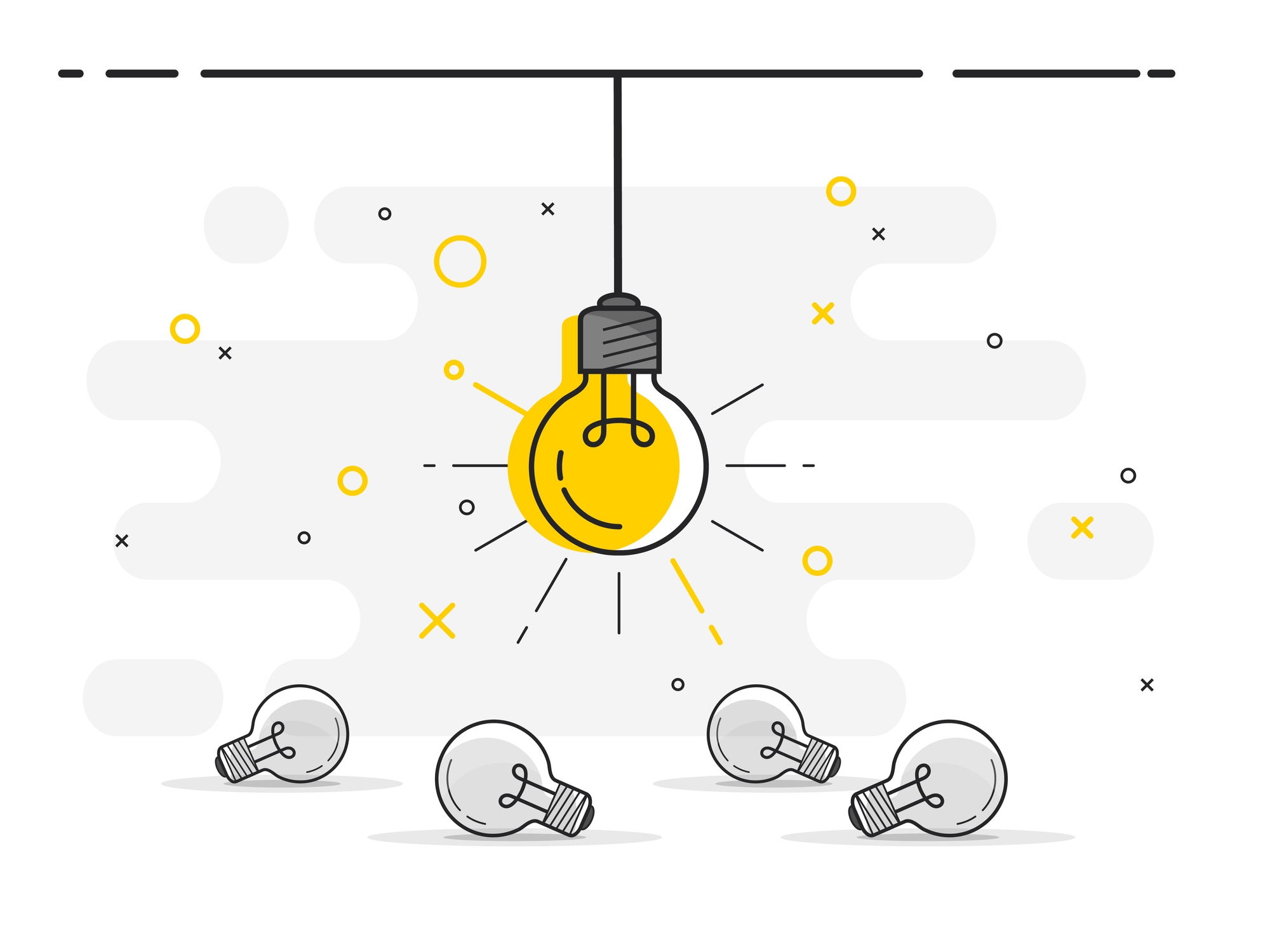Unveiling the Power of Product Rendering: Transforming Ideas into Reality

In today's fast-paced digital world, product rendering services have become a game-changer for businesses across industries. These cutting-edge techniques allow companies to showcase their products in stunning detail before they even exist in physical form. From concept to marketing, product rendering has revolutionized how we bring ideas to life and present them to the world.
What Are Product Rendering Services?
Product rendering services utilize advanced computer graphics technology to create photorealistic images or animations of products. This process involves translating 2D designs or 3D models into lifelike visual representations that can be used for various purposes, from product development to marketing campaigns.
These services have come a long way since their inception. Early rendering techniques were often limited and time-consuming, but today's technology allows for incredibly detailed and accurate visualizations. The evolution of product rendering has been driven by advancements in computer processing power, software capabilities, and the growing demand for high-quality visual content in the digital age.
The Benefits of Product Rendering
Product rendering services offer numerous advantages for businesses looking to stay competitive in today's market. Let's explore some of the key benefits:
- Cost-effectiveness: By creating virtual prototypes, companies can save on expensive physical prototyping processes.
- Time-saving: Rendering allows for quick iterations and modifications without the need for physical production.
- Enhanced visualization: Photorealistic renders provide a clear picture of the final product, aiding in decision-making and design refinement.
- Marketing power: High-quality renders can be used in promotional materials, catalogs, and online stores before the product is even manufactured.
These benefits are just the tip of the iceberg when it comes to product rendering services. The ability to visualize products in various environments, colors, and configurations gives businesses unprecedented flexibility in their design and marketing processes.
The Process Behind Product Rendering
Creating stunning product renders involves a series of steps that blend artistry with technical expertise. Here's a breakdown of the typical process:
- Concept development: The initial ideas and sketches are refined into a clear product concept.
- 3D modeling: A detailed 3D model of the product is created using specialized software.
- Texturing and materials: Realistic textures and material properties are applied to the 3D model.
- Lighting setup: Virtual lighting is carefully crafted to enhance the product's features.
- Camera positioning: Strategic angles are chosen to showcase the product's best attributes.
- Rendering: The final image or animation is processed, often using powerful render farms.
- Post-processing: Final touches are added to perfect the image quality and style.
Each step requires skill and attention to detail, which is why professional product rendering services are so valuable. They bring together expertise in design, technology, and visual aesthetics to create stunning results.
Applications Across Industries
Product rendering services have found applications in a wide range of industries, each with its unique requirements and challenges. Let's look at how different sectors leverage these services:
· Architecture and Real Estate: Architects and developers use rendering to visualize buildings and interiors before construction begins. This helps in securing funding, pre-selling properties, and making design decisions.
· Consumer Products: From electronics to furniture, product rendering allows companies to showcase their offerings in various styles and settings, perfect for catalogs and e-commerce platforms.
· Automotive Industry: Car manufacturers use rendering to design and market new models, allowing for virtual customization and detailed exploration of vehicle features.
· Fashion and Accessories: Designers can create virtual prototypes of clothing, shoes, and accessories, reducing the need for physical samples and speeding up the design process.
· Industrial Design: Complex machinery and equipment can be rendered to demonstrate functionality and design, aiding in both development and sales processes.
The versatility of product rendering services makes them an invaluable tool across these industries and many more. As technology continues to advance, we can expect to see even more innovative applications emerge.
In conclusion, product rendering services have become an essential part of modern product development and marketing strategies. They offer a powerful way to bring ideas to life, save costs, and create compelling visual content. As businesses continue to embrace digital transformation, the demand for high-quality product rendering services is only set to grow. Whether you're a startup with a bold new concept or an established company looking to refresh your product line, harnessing the power of product rendering can give you a competitive edge in today's visually-driven marketplace.
- Industry
- Art
- Causes
- Crafts
- Dance
- Drinks
- Film
- Fitness
- Food
- Games
- Gardening
- Health
- Home
- Literature
- Music
- Networking
- Other
- Party
- Religion
- Shopping
- Sports
- Theater
- Wellness
- News


